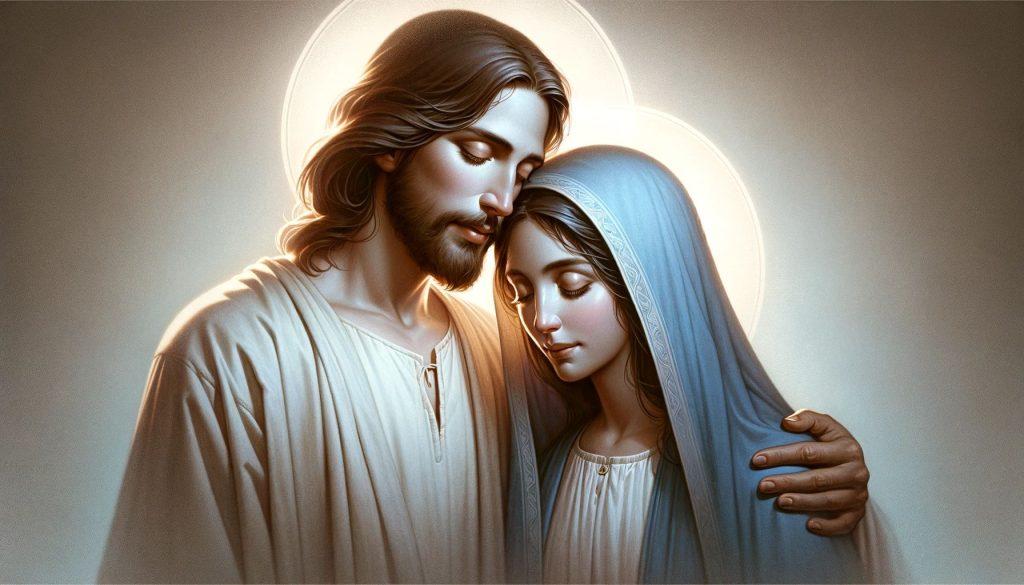The question of whom Cain married is a topic that often arises when discussing the early chapters of the Book of Genesis in the Bible. To address this question, it’s essential to delve deeper into the scriptural context provided in Genesis, specifically the fifth chapter. This exploration helps us understand the familial dynamics during the dawn of humanity.
Genesis: A Brief Overview of Family Lineage
In Genesis, we are introduced to the first human beings, Adam and Eve, and their immediate descendants, including Cain and Abel. A closer reading of Genesis reveals more about Adam and Eve’s family. The Douay–Rheims Bible states in Genesis 5:4, “And the days of Adam, after he begot Seth, were eight hundred years: and he begot sons and daughters.”
This verse highlights that Adam and Eve had many children over their long lifespans, a detail that is crucial in understanding the familial structure of the time.
Cain’s Marriage Within the Early Human Family
Given the extended family mentioned in Genesis, it’s plausible that Cain married one of his sisters or perhaps a niece. While the idea of siblings marrying might seem unusual or even taboo today, it’s important to remember the unique circumstances at the dawn of humanity.
In those early times, there were no other families from which to choose a spouse, and the propagation of the human race necessitated such unions. The Bible doesn’t specify Cain’s wife’s identity, indicating that her exact identity was not critical to the narrative or the lessons it intended to convey.
Special Providence in Early Human History
It’s also essential to consider the role of divine providence during this period. The early chapters of Genesis suggest that God exercised special care over the first human beings. This care likely extended to protecting them from the negative consequences typically associated with close intermarriage, which would become a concern in later generations.
The Evolution of Marital Norms
As humanity grew and diversified, the necessity for close intermarriages diminished, and such practices were eventually forbidden. This evolution reflects the changing dynamics of human relationships and societal norms over time.
Conclusion: Understanding Cain’s Marriage in Context
In summary, while the Bible does not explicitly detail whom Cain married, it is likely that he married a close relative, such as a sister or niece. This was a practical necessity for the continuation of the human race in its infancy. Understanding this context helps us appreciate the historical and societal norms of the time, as well as the role of divine guidance in early human history.
🙏 PayPal Donation Appreciated
The Case for Catholicism - Answers to Classic and Contemporary Protestant Objections
Disclaimer: As an Amazon Associate, I earn from qualifying purchases. Thank you.
